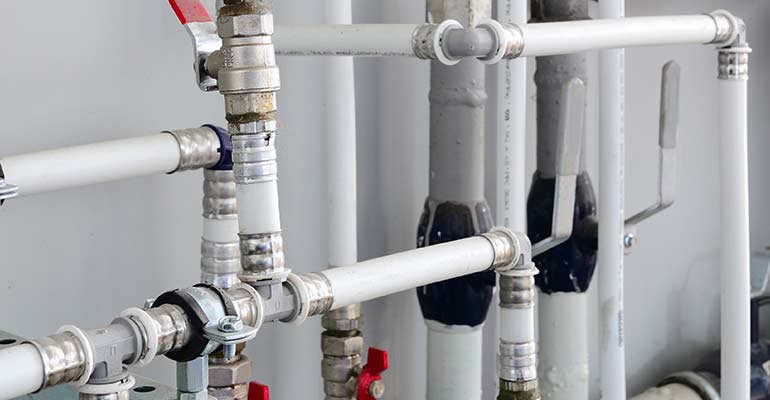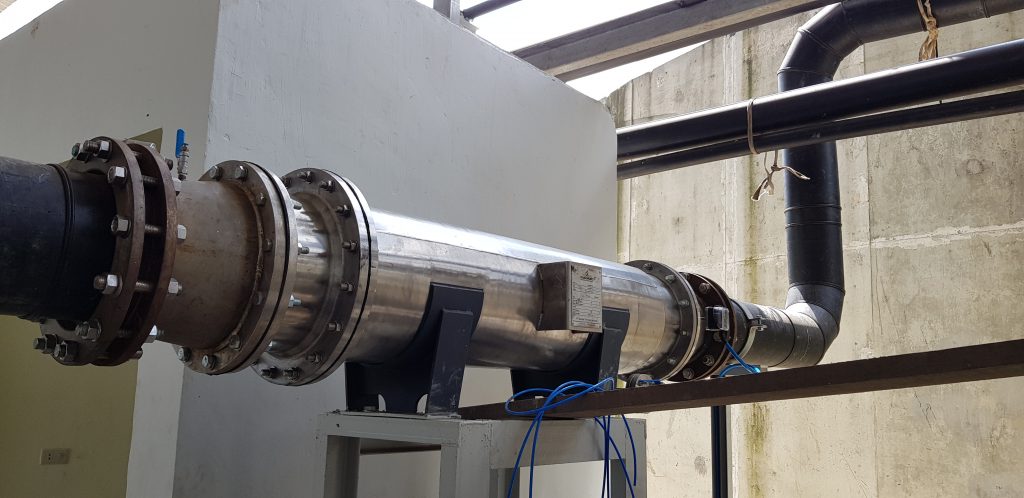
Without dismantling the process, Clean-in-place machines can automatically clean the inside surfaces of roasters, blenders, spiral freezers, processing vessels, homogenizers, mixers, tanks, and related equipment used in the food and beverage industry.
Food processing facilities, breweries, distilleries, and wineries currently use closed systems called cleaning in place machines. These machines clean different parts of the plant with varying degrees of automation. Thus, cleaning can occur safely, efficiently, and economically. If that weren’t the case, manual cleaning and complicated equipment disassembly would be necessary.
Components of Clean-in-place machines
Clean-in-place machines primarily consist of:
- Machines that spray cleaning agents into machinery, such as spray balls.
- Storage tanks hold the detergent solutions at the concentrations recommended. In a typical setup, one tank contains an acidic solution that can dissolve rust and lime. The other has an alkaline solution, typically soda, that can break down proteins and saponify grease.
- The cleaning solutions are circulated through the equipment using groups of valves and pumps. If needed, they are sent down the drain or recovered in the appropriate tanks.
- A system for controlling it that uses conductivity, level, and temperature sensors.
- The tanks’ heating system.
- Storage tanks holding reclaimed or clean water for use as a rinse.
Clean in place process
The tanks and pipes are drenched with suitable cleaning solutions (disinfectant, detergent, etc.) via the cleaning in place machines.
Clean in place machines require no human interaction throughout the dosing, washing, or rinsing. This is after programming and linking them to sewage, power, and water. Manufacturing processes need optimization in terms of production expenses and profitability. This is done by controlling the concentration of cleaning agents and the quantity of water, temperature, and time.
The Clean in place machines have programs that clean with a variety of agents, disinfect with a final rinse, and then repeat the process. They are good for closed systems, including pipelines linking various tanks and equipment.
In general, the following are the steps involved in a typical Clean in place process:
- A process when water and air are drained from the pipes. Because of this draining, there’ll be a need for less cleaning products and effluent.
- A preliminary water rinse; reuse this water if needed.
- Cleaning takes place using a closed-loop system that circulates hot detergent, either with or without recovery, in a tank. It is common practice to reuse the detergent after adjusting the concentrations.
- An immediate rinse may or may not follow recycling.
- A second detergent may need cleaning. It is common practice to repurpose this detergent after adjusting the concentrations.
- Rinse thoroughly to remove any remaining detergent residue.
- Rinse with water one last time to remove any remaining disinfectant. You can reuse this last rinse of water.
Cleaning in place machines can clean which processing equipment?
Automated Cleaning in place machines are the way to go for those tight, hard-to-reach spots. In addition to reducing effort and saving time, it will ensure the safety of your personnel and your goods.
The following surfaces can be effectively cleaned inside using Clean in place machines:
- Road milk tankers
- Plate heat exchangers (coolers and heaters)
- Aseptic tanks
- Aging vats
- Flow plates, sanitary product piping
- Pasteurizers
- Filling machines
- Process vessels, storage tanks, and milk silos
- Reactors and fermenters
The cleaning mechanism of Clean in place machines
Before the line is ready for its next use, the Clean in place system quickly rinses it with water to remove any remaining contaminants. Because it is a pollutant, the water from the first washing is not recycled in subsequent washings. Following this procedure, a highly effective cleaning solution is injected into the tanks and pipes to ensure thorough line cleaning and prevent microbiological pollution.
 The solution is returned to the tank for reuse after cleaning the line thoroughly. Last but not least, the line is supplied with fresh rinse water. Purge the tanks and pipes of the cleaning solutions used in the previous process; that is the goal of this operation. Collecting and storing rinse water for subsequent use in washing machines is a common practice. It is possible to heat the water and cleaning products to your liking.
The solution is returned to the tank for reuse after cleaning the line thoroughly. Last but not least, the line is supplied with fresh rinse water. Purge the tanks and pipes of the cleaning solutions used in the previous process; that is the goal of this operation. Collecting and storing rinse water for subsequent use in washing machines is a common practice. It is possible to heat the water and cleaning products to your liking.
The flow rate is critical to ensuring thorough pipeline cleaning. This issue needs consideration when choosing all the equipment. On the flip side, cip balls are sprayed onto tanks to clean them. These spraying caps are necessary for all tanks in the production process.
Alkaline detergent for Clean-In-Place (CIP)
Among the many sectors that necessitate an efficient, validatable detergent, CIP 100 finds particular application in the dietary supplement, biotechnology, pharmaceutical, and cosmetic sectors.
How CIP 100 works
Potassium hydroxide, a sophisticated surfactant system, and other performance-enhancing elements comprise CIP 100 Detergent. This is a unique combination that offers several cleaning methods. This non-foaming product is perfect for manual, clean-out-of-place, and clean-in-place uses. It eliminates many process residues, including lubricants, silicone emulsions, and fermentation by-products.
Why CIP 100?
- Cost Savings:
Thanks to its minimal foaming and excellent rinsing capabilities, it cuts down on water cleaning time and water use.
- Easy to Validate
A full suite of supporting paperwork helps facilitate cleaning validation. This material includes reports on substrate compatibility, toxicity, and specific and non-specific analytical procedures.
- Flexibility
Manual, clean-out-of-place, and cleaning-in-place applications effectively remove a broad range of pharmaceutical process residues.
The difference between acid CIP and caustic CIP?
A caustic wash and acid wash are the standard steps in a Clean-in-place cycle. Stainless steel has long been the most popular material for surfaces that come into contact with food within the food industry. The most prevalent acid utilized in the sector is nitric acid mixed with other surfactants or acids.
Proteinaceous soils are effectively removed from beverage and food manufacturing facilities using chlorinated alkaline cleaners or sodium hydroxide (caustic). These help to peptize the protein-holding bonds together.
Caustic CIP is a liquid alkaline detergent formulated as low-foam, premium, and concentrated. This chlorine-free product is ideal in demanding CIP situations with a desire for low-foam properties. No matter how soft or hard the water is, caustic CIP can tackle even the toughest dirt and cleaning tasks. You may rinse this product with regular water pressure without any problems. You can make a chlorinated, oxidizing alkaline cleanser by adding chlorine to this product.
Both Caustic CIP and Acid CIP are more alkaline acid washes. Increased use of caustic CIP, which removes lipids, is ideal.
The Benefits of Using an Acid in the Cleaning Process
Some of the benefits of cleaning with acid are as follows: You can use CIP acid cleaning instead of scrubbing or using harsh chemicals. This has a lower environmental impact.
Acid CIP better serves areas with large quantities of organic residues. It can descale high-food contact surfaces. The acid’s dual function as a corrosion preventative and passivating protects stainless steel from corrosion.
Why is peracetic acid used in CIP?
This one is the most popular and extensively used among food-related applications. You can use a tracer to enable its automatic control by conductivity. Five and 15% active component concentrations are typical in concentrated products.
Why do you need a chelating agent in CIP?
To render metal ions ineffective, chelants bind to them in water-based solutions. A “chelating agent” is a molecule with two or more “claws” that can coordinate around a metal ion.
Conclusion
Every manufacturing facility requires good Cleaning in place machines. These will help to clean and sanitize the storage tanks, filling equipment, and pipes where the products are made.
